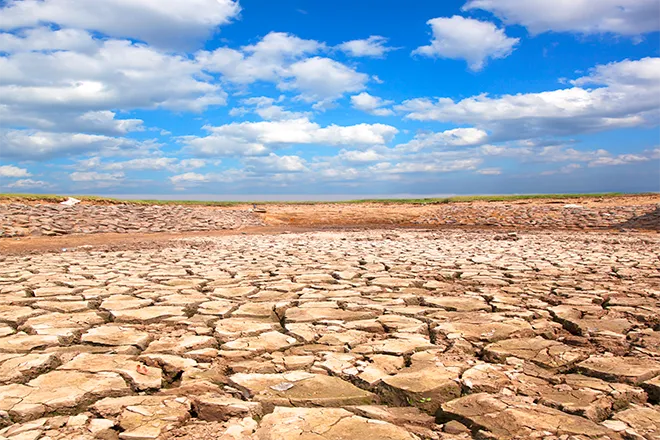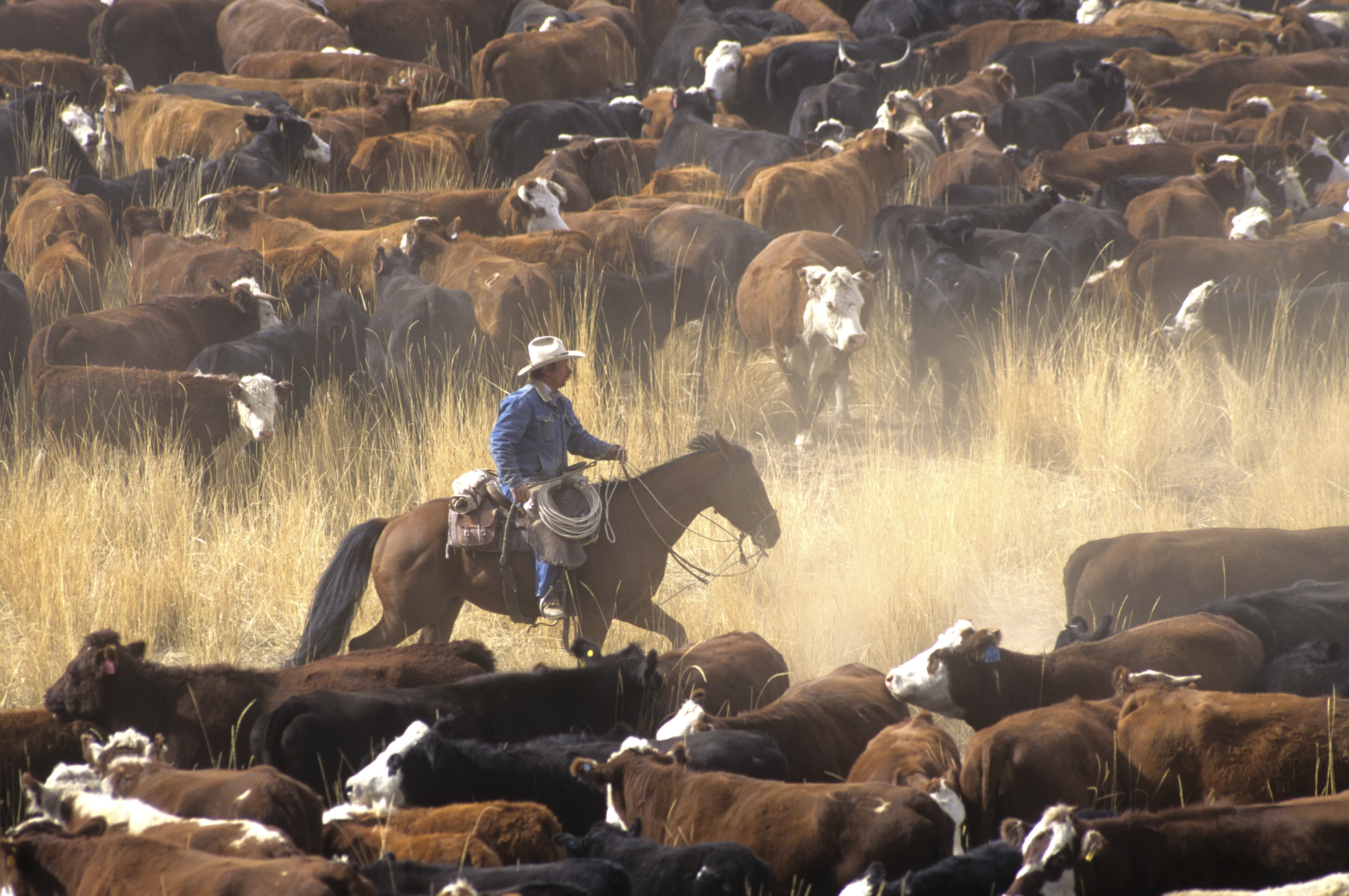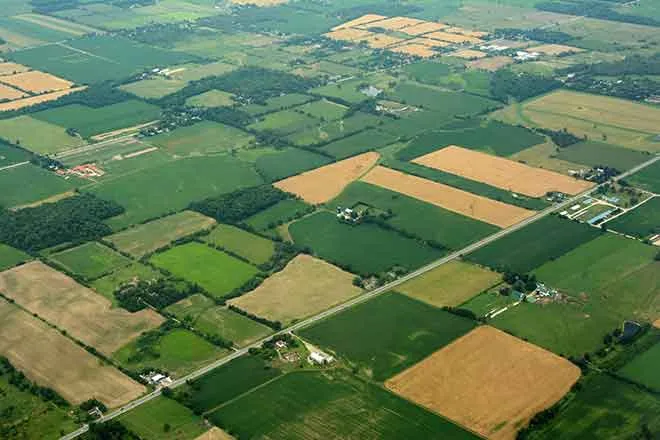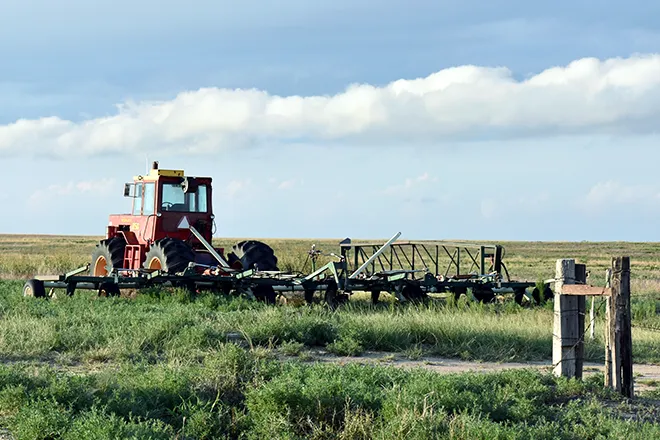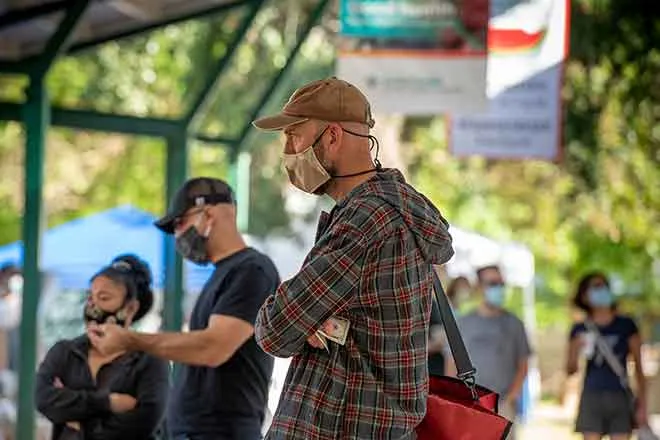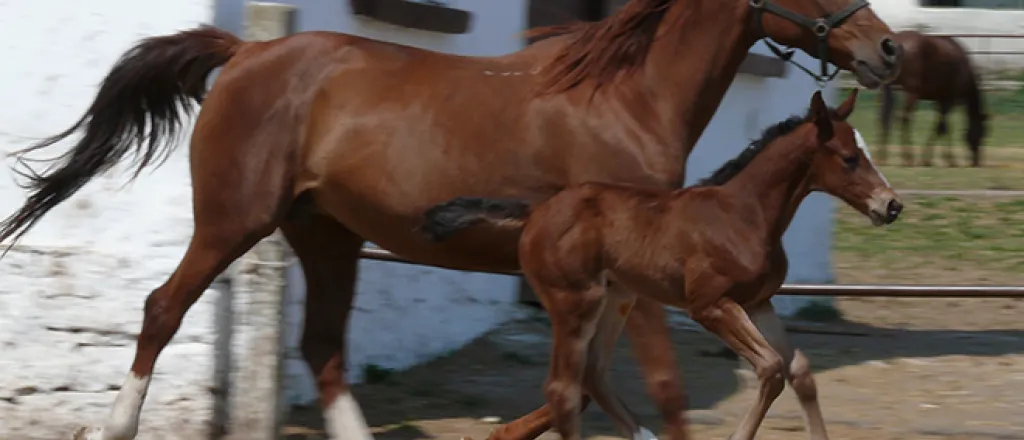
State Veterinarian’s Office Releases Equine Herpesvirus Quarantine
The Colorado Department of Agriculture’s State Veterinarian’s Office has released the quarantine associated with an Equine Herpesvirus (EHV-1) case in Weld County. Only one horse tested positive for the virus during the investigation. Horse owners are encouraged to maintain disease prevention practices to help keep their equine herd healthy.
“The facility met all of the biosecurity, surveillance, and testing requirements to release the quarantine. Its manager went above and beyond to prevent the spread of EHV-1 and protect the horses in the facility,” said State Veterinarian, Dr. Keith Roehr.
This time of year typically kicks off horseback riding, jackpots, horse shows, and a number of other horse events and the Colorado Department of Agriculture reminds horse owners that there are a number of steps to protect their horses this season.
Basic Biosecurity
Basic biosecurity practices can reduce the risk of exposure to diseases. Key points of a biosecurity plan include isolating new animals and those returning from equine events to the home premises, supplying clean feed and water, implementing infection-control practices for visitors and personnel and avoiding movement from various locations if possible. Especially important is the isolation of any sick horses. Horse owners are encouraged to contact their veterinarian if illness appears in their herd.
“Effective biosecurity practices lead to fewer health problems for animals and contribute to a longer and better-quality life for the horse,” said Dr. Roehr. “When you’re traveling with horses, something as simple as a clean water bucket that you don’t share with other people’s horses can greatly reduce the risk of disease spread.”
For more information on equine biosecurity methods, visit http://www.aphis.usda.gov/animal_health/nahms/equine/downloads/equine05/Equine05_is_Biosecurity.pdf.
Equine Herpesvirus (EHV-1)
“The most common way for EHV-1 to spread is by direct horse-to-horse contact but it can also spread through the air, contaminated equipment, clothing and hands; this certainly highlights the importance of practicing basic biosecurity practices,” continued Dr. Roehr. “Equine event organizers should continue to practice routine biosecurity practices that are effective in the prevention of EHV and other horse diseases as well.”
Symptoms of horses affected with EHV-1 include fever, decreased coordination, nasal discharge, urine dribbling, loss of tail tone, hind limb weakness, leaning against a wall or fence to maintain balance, lethargy, and the inability to rise. While there is no cure, the symptoms of the disease may be treatable. EHV-1 is not transmissible to people; it can be a serious disease of horses that can cause respiratory, neurologic disease and death.
For more information, visit A Guide To Understanding the Neurologic Form of EHV Infection or visit www.colorado.gov/ag/animals and click on “Animal Health.”


